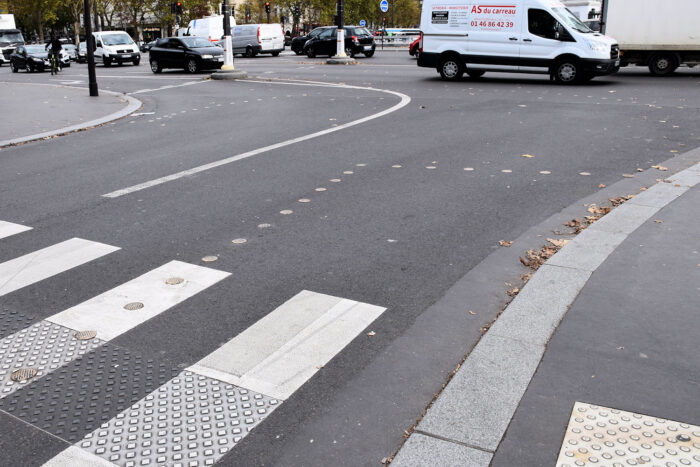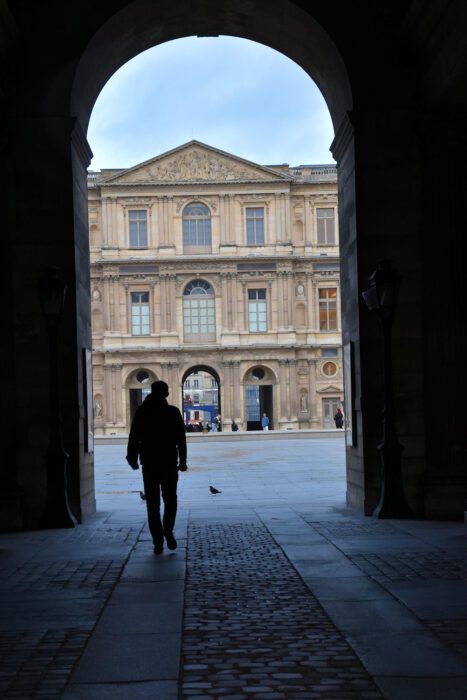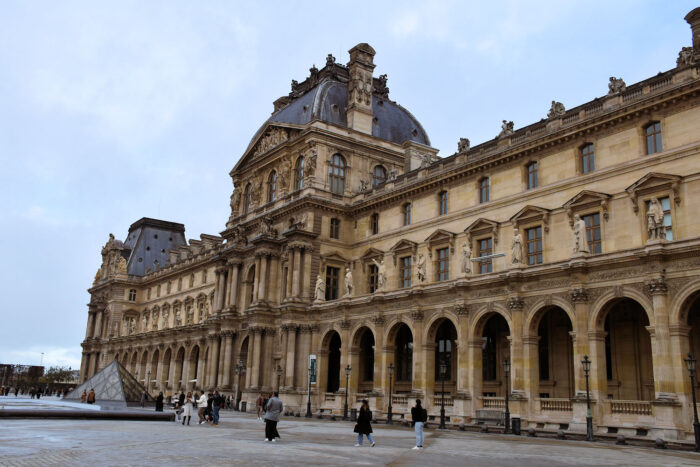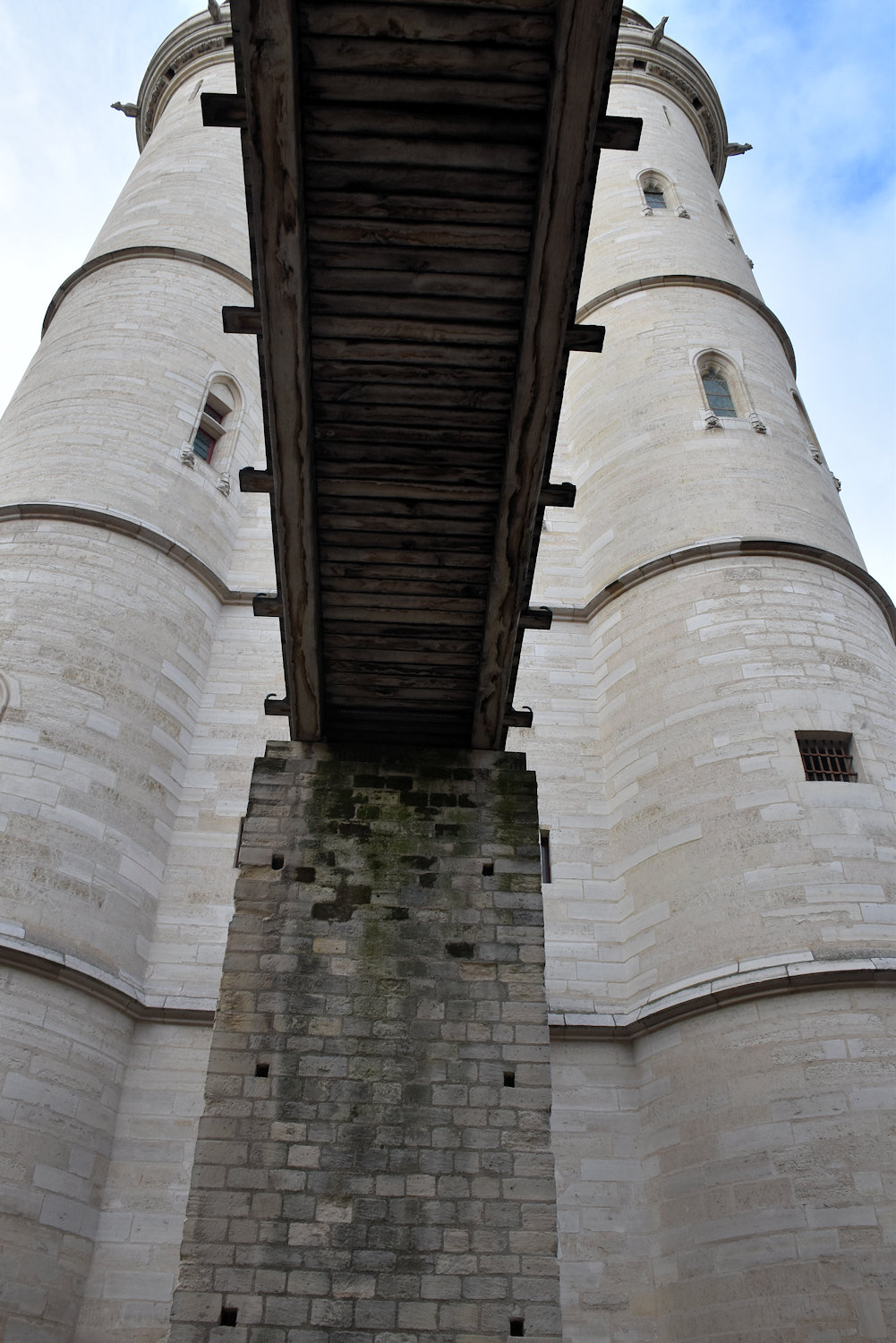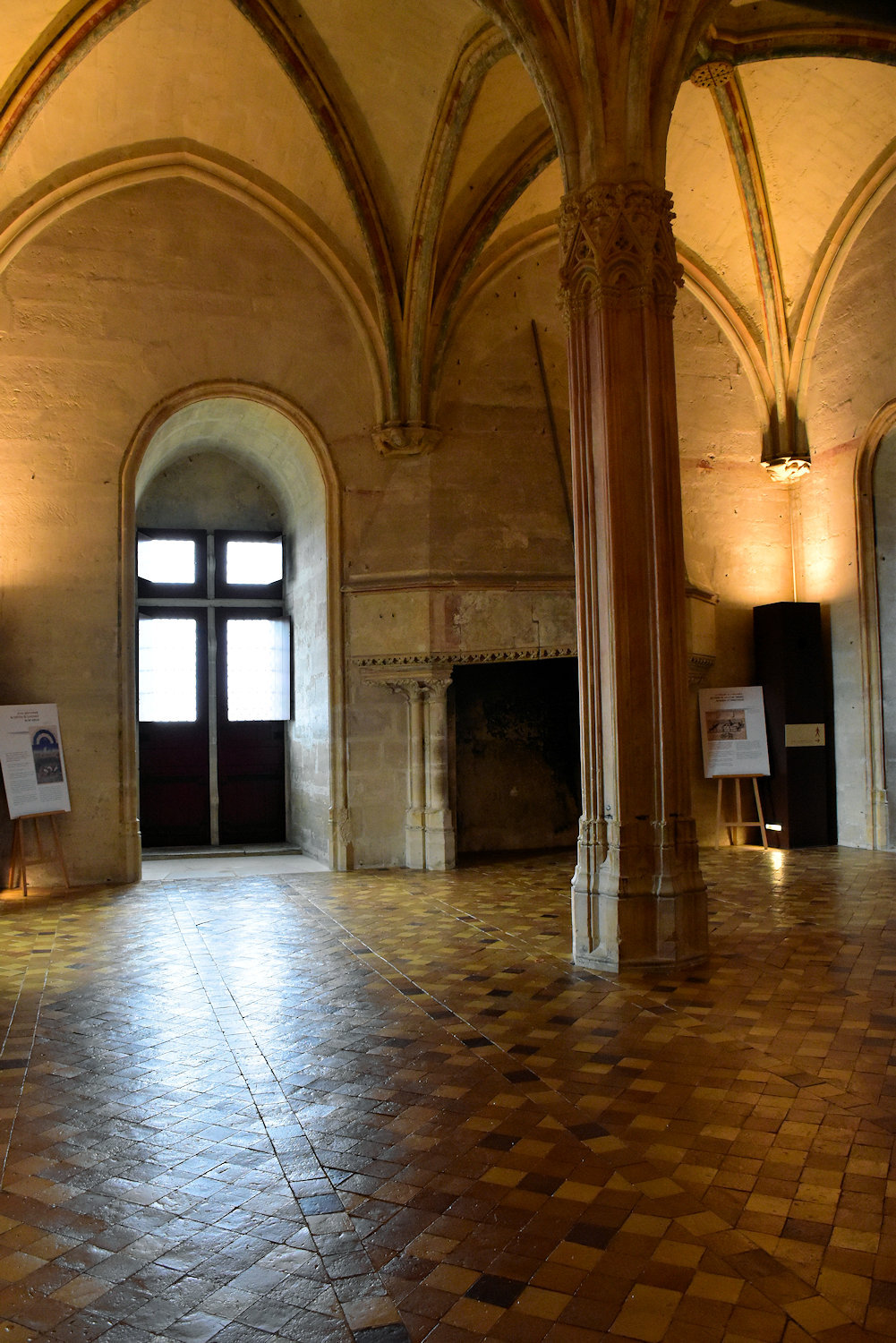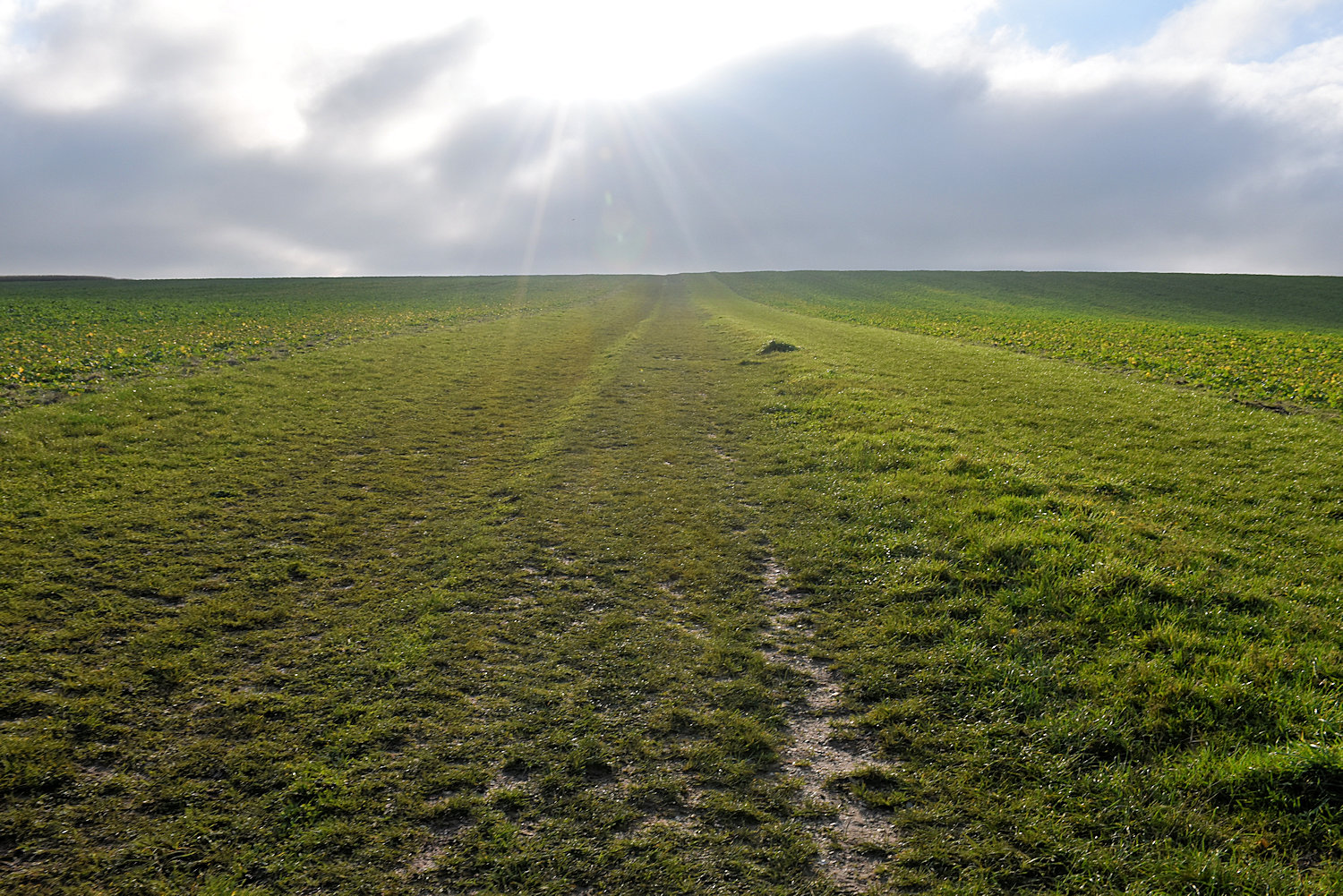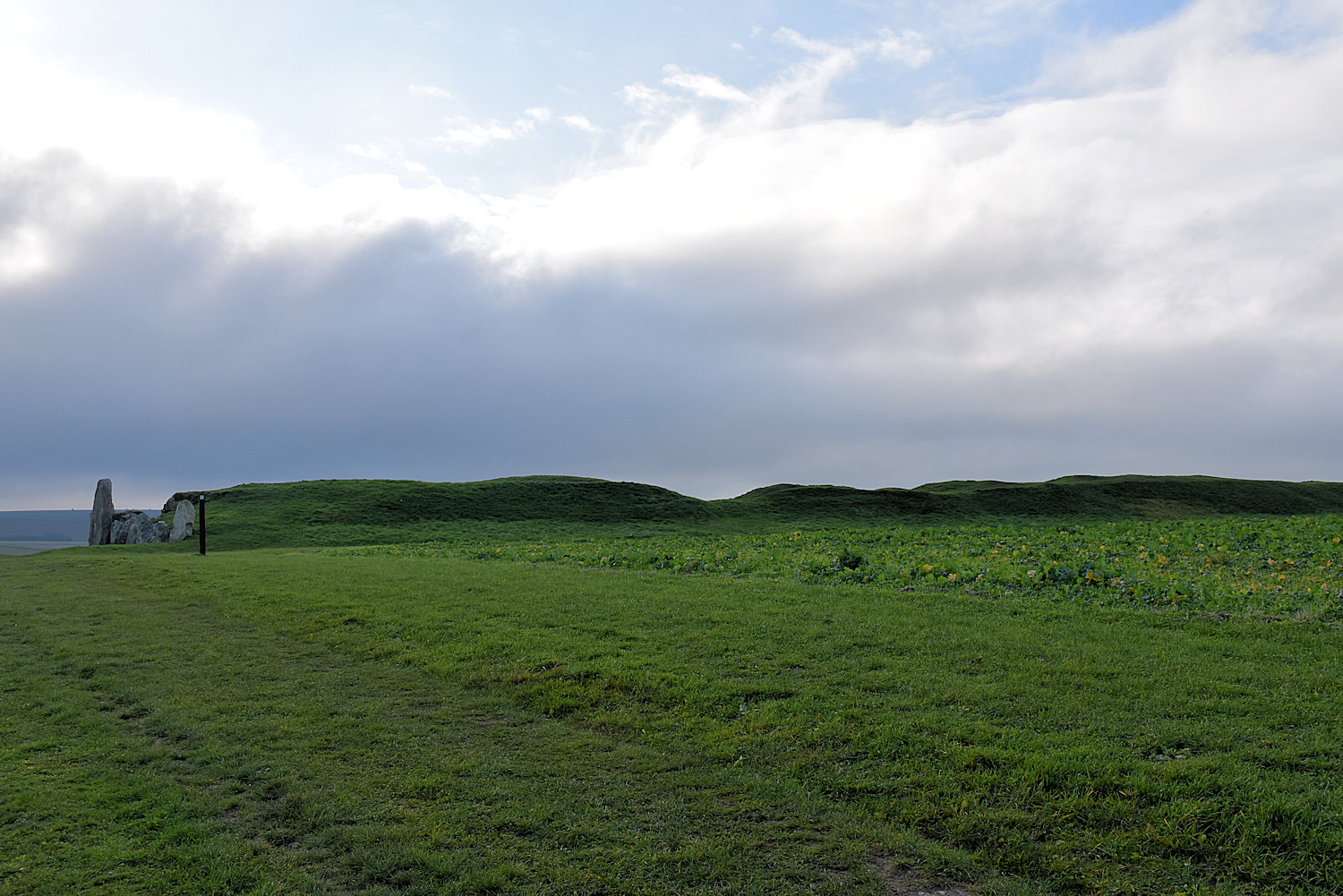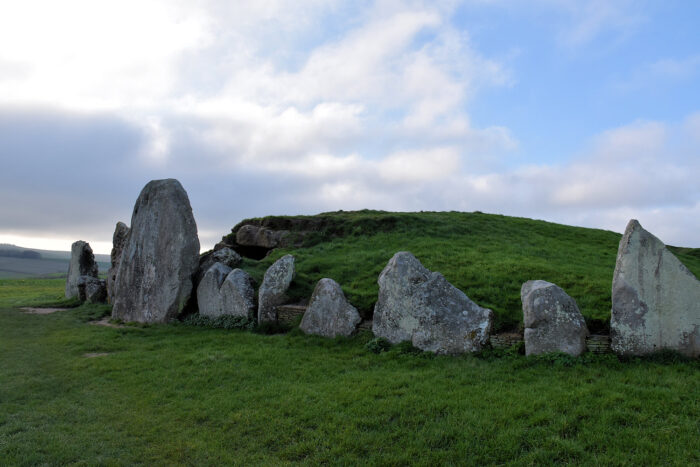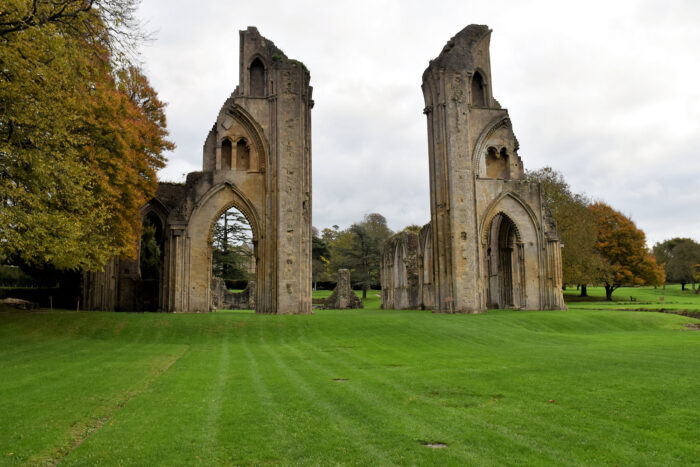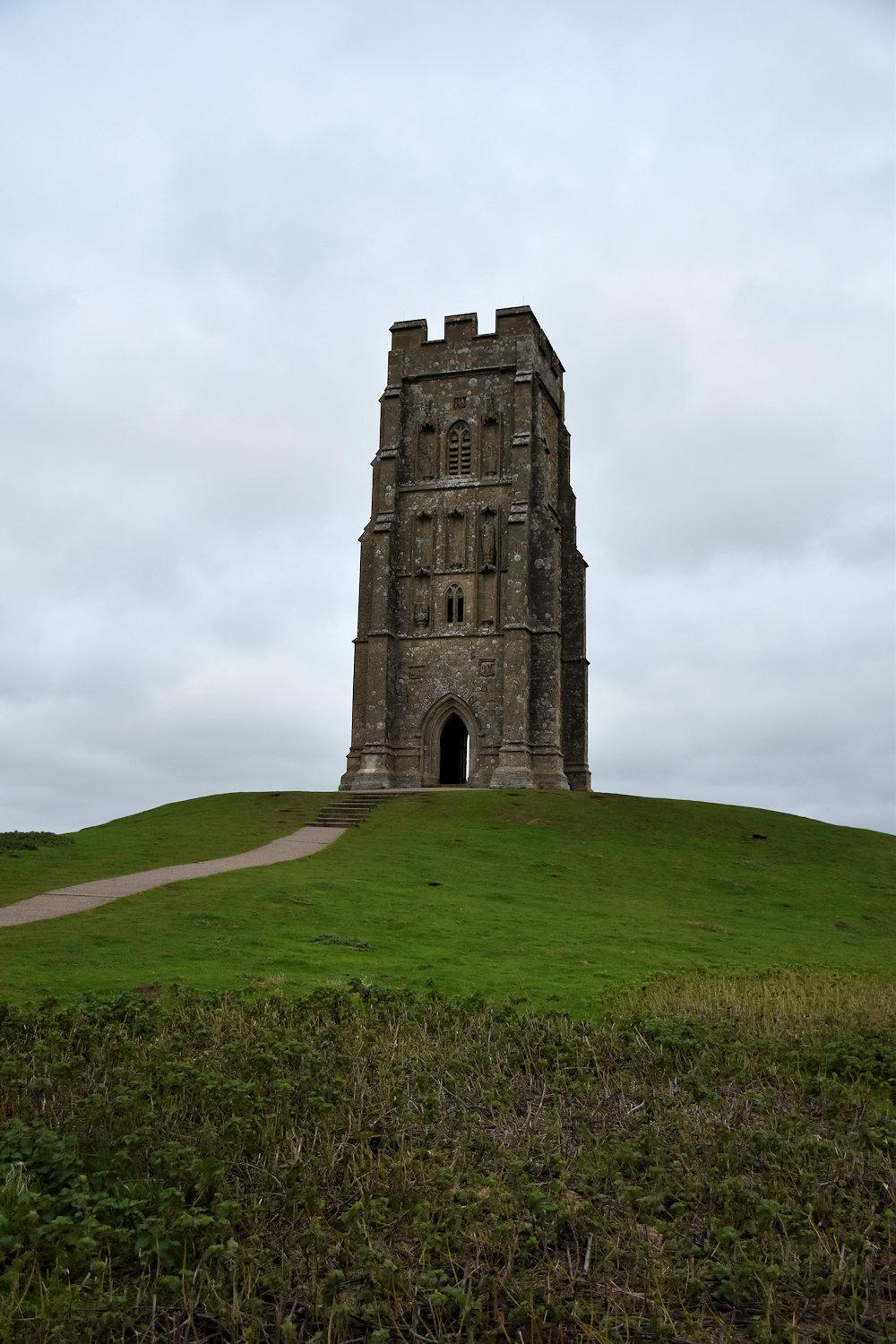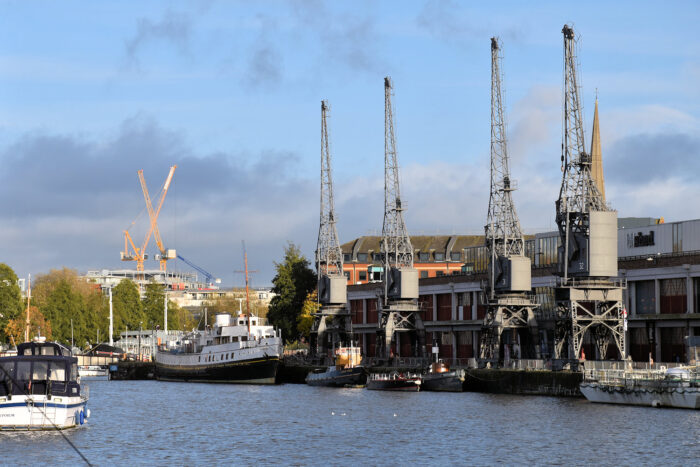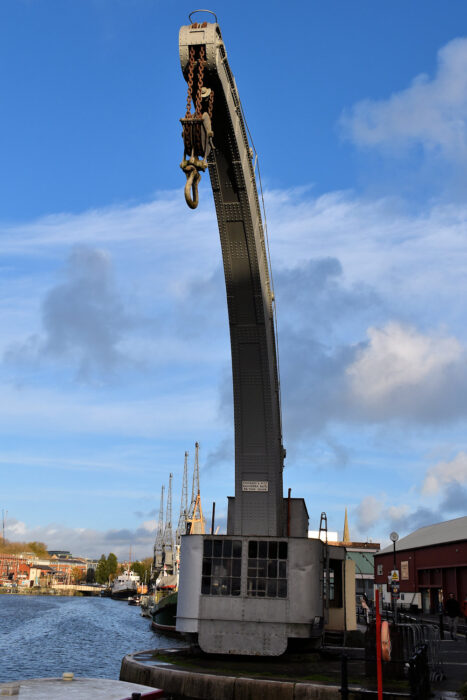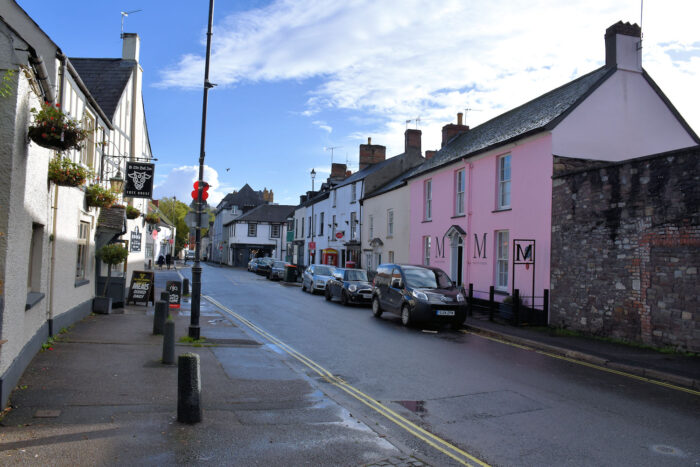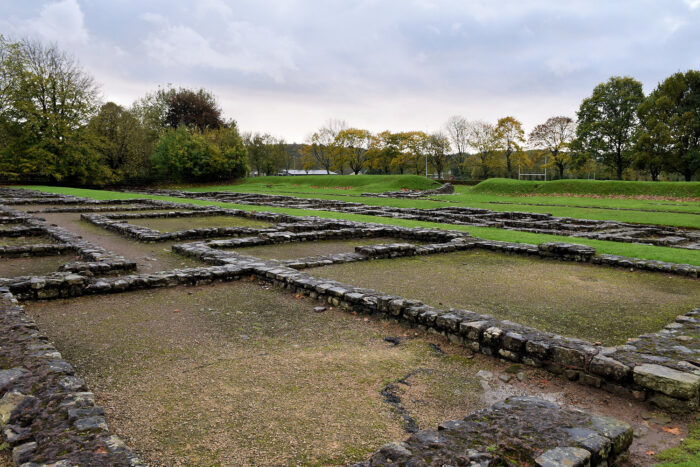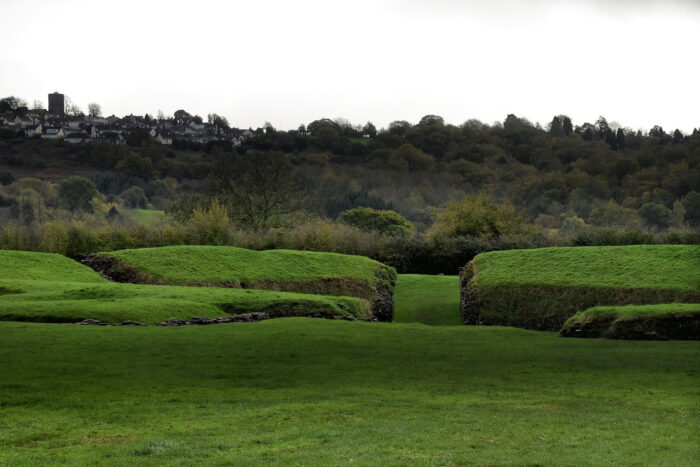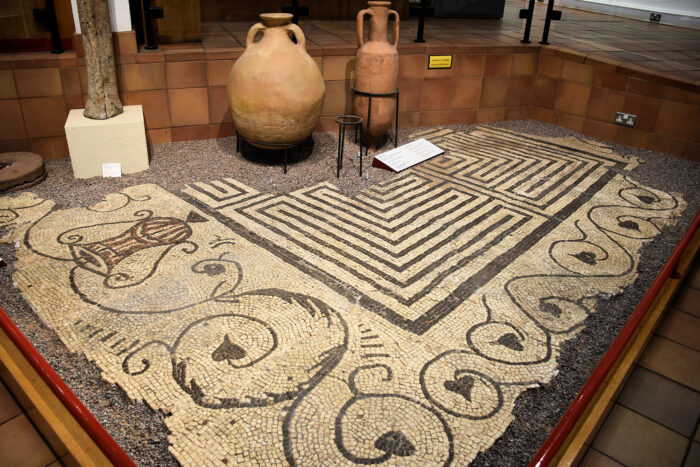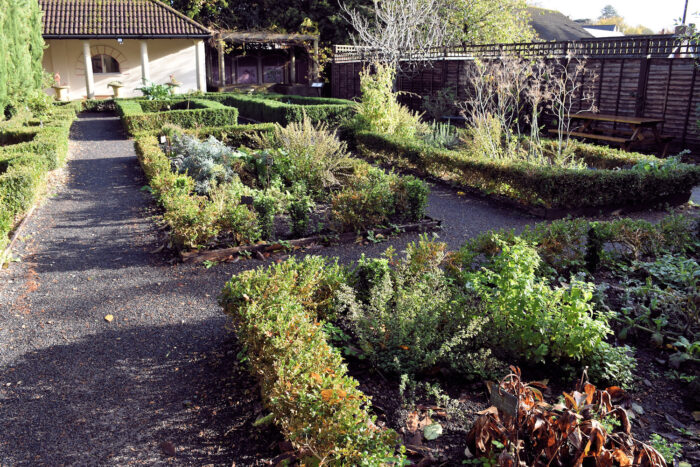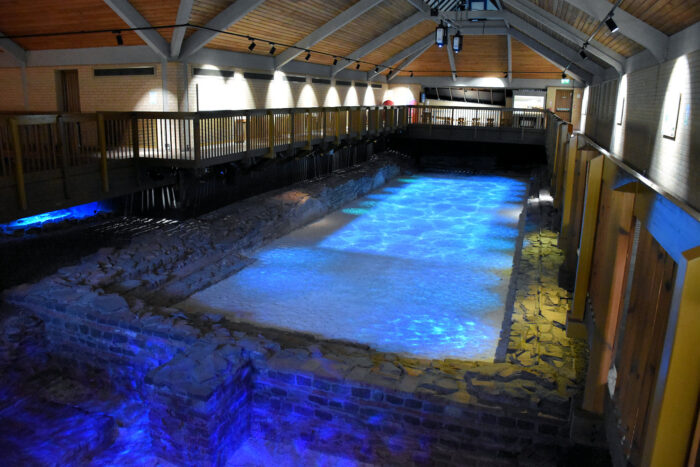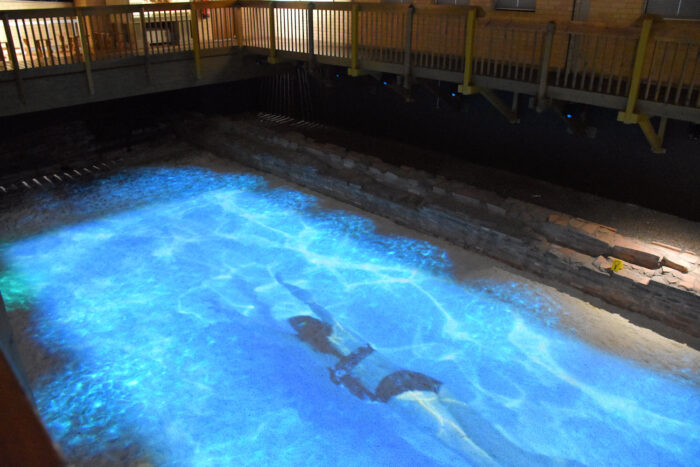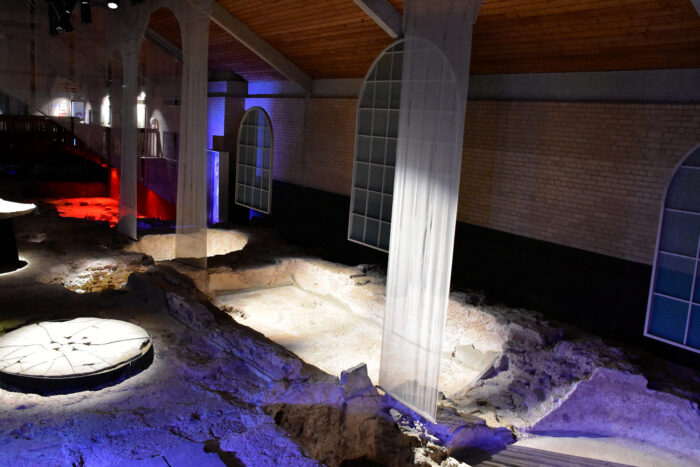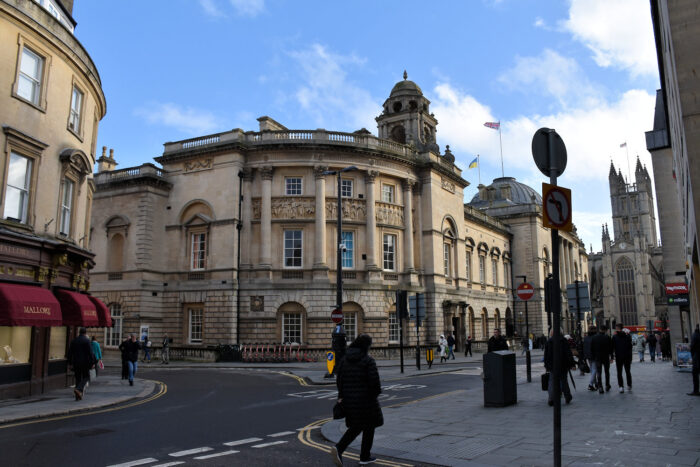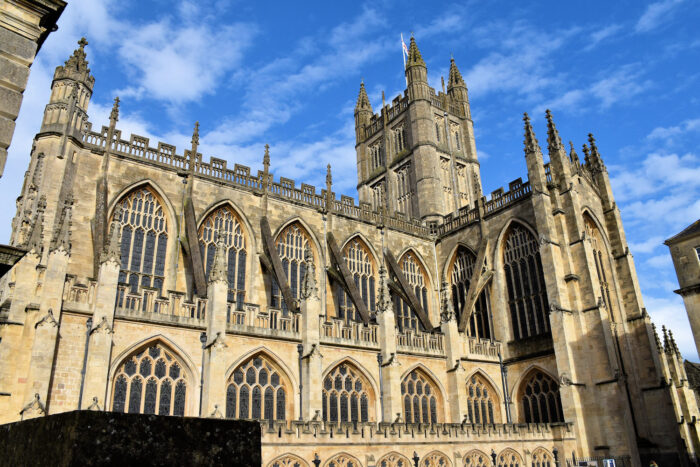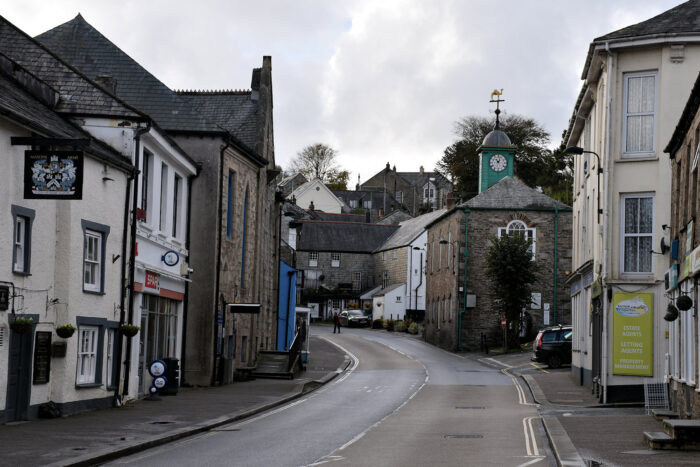The Bastille was a fortress in Paris, known formally as the Bastille Saint-Antoine. It played an important role in the internal conflicts of France and for most of its history was used as a state prison by the kings of France. . . . Although inmates were kept in relatively good conditions, criticism of the Bastille grew during the 18th century, fueled by autobiographies written by former prisoners. Reforms were implemented and prisoner numbers were considerably reduced. In 1789, the royal government’s financial crisis and the formation of the National Assembly gave rise to a swelling of republican sentiments among city-dwellers. On July 14, the Bastille was stormed by a revolutionary crowd, primarily residents of the faubourg Saint-Antoine who sought to commandeer the valuable gunpowder held within the fortress. Seven remaining prisoners were found and released and the Bastille’s governor, Bernard-René de Launay, was killed by the crowd. The Bastille was demolished by order of the Committee of the Hôtel de Ville. Souvenirs of the fortress were transported around France and displayed as icons of the overthrow of despotism. Over the next century, the site and historical legacy of the Bastille featured prominently in French revolutions, political protests and popular fiction, and it remained an important symbol for the French Republican movement.
Wikipedia
Very little remains today.
At the intersection of Boulevard Henri IV and Rue Saint-Antoine, the outline of the fortress is marked on the road.
Also on a platform in the Bastille Metro (underground) station.
